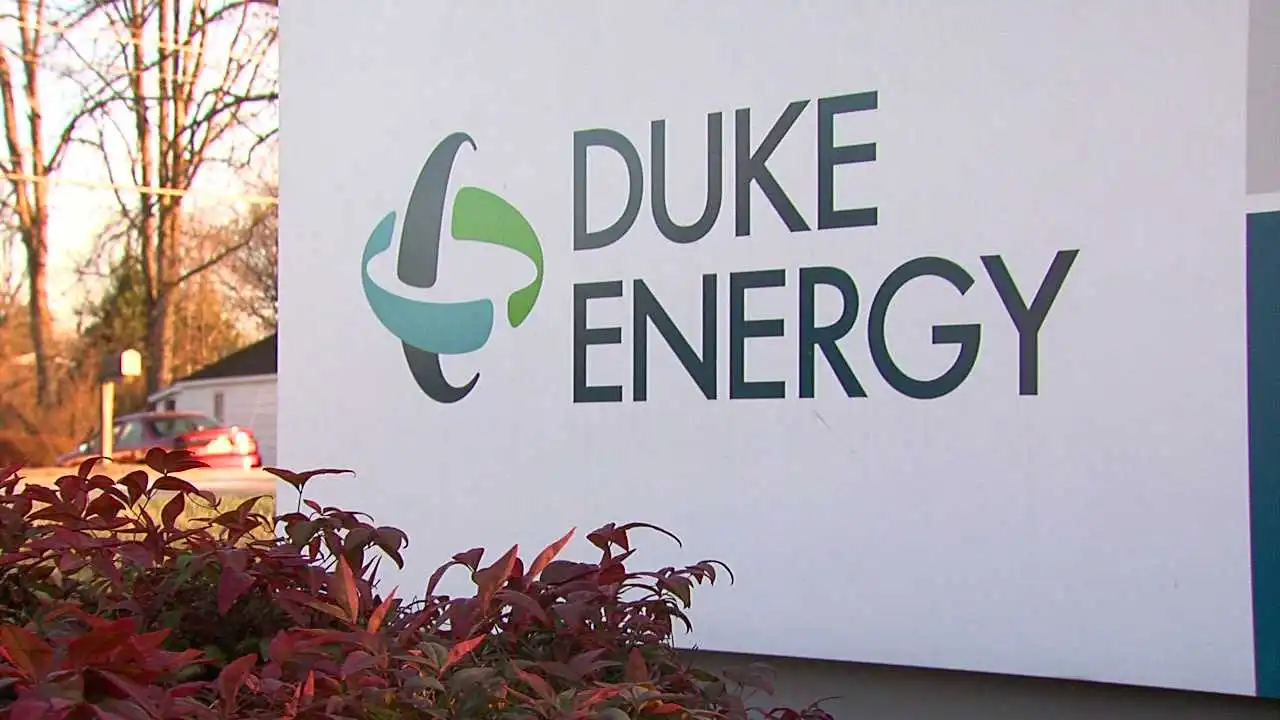Analyst Says Duke Energy Corporation Is Studying Bitcoin Mining Applied to Demand Response – Justin Orkney, the lead rates and regulatory strategy analyst at the energy company, is a guest on Troy Cross’ most recent “Bitcoin, Energy and the Environment” podcast, “Duke Energy is studying bitcoin.” In the episode, Orkney and the host talk about the utility of bitcoin and some very intriguing potential including energy demand response programs.
In essence, DR allows energy consumers to reduce or shift loads in order to operate the grid more effectively. By being able to “strategically locate miners on the system. There’s a possibility to partner with these types of customers,” Orkney used the example of bitcoin mining.
People Also Read: Bank of Russia Ready to Legalize Crypto Mining If Miners Sell Minted Coins Abroad
The analyst makes note of how bitcoin mining might be a strong technology when it comes to DR components, despite the fact that the majority of the debate focuses on Orkney’s background in solar & pilot studies on demand response.
Orkney emphasized during the interview that some of Duke Energy’s (NYSE: DUK) customers were bitcoin miners. Orkney told the host of the show, “we do have existing customers on our system. They chose to sign up for our demand response programs. These essentially include consenting to restrict usage during specific times of the year that we refer to as events.”
Most of the infrastructure in the United States, including transformers and transmission lines, is older than twenty years. Through DR programs, grid customers, some of which can be bitcoin miners, can help utilities in reducing peak demand. Insufficient transmission capacity can be better managed to increase the dependability of old infrastructure. Orkney suggested that bitcoin mining might be a highly developed DR technique.
According to Orkney, “Bitcoin mining appears to be that really powerful demand response technology where they can be humming at a 100 percent power factor, or using the same amount of electricity all day long, which is known as flatlining, and then within a matter of minutes they can decrease their usage at kind of a pinpoint precision level and hold it for however long they want to, and then bring it right back up.”
Since the network apparently uses 91 terawatt-hours of electricity each year, bitcoin mining has drawn a lot of negative attention in the past year about the industry’s consumption of energy.
Nevertheless, some bitcoiners think worries regarding BTC’s energy usage when it comes to mining are exaggerated. A new study also demonstrates that the Bitcoin network uses 50 times less energy than the traditional banking system.
Furthermore, bitcoin mining could potentially stop a significant amount of methane from leaking, according to a report by environmental, social, and governance (ESG) analyst Daniel Batten. He also stressed that no technology could do it better. According to Batten’s research, by 2045, Bitcoin might potentially reduce 0.15 percent of the world’s CO2-equivalent emissions.
People Also Read: Huobi to Start Layoffs That Could Exceed 30% — Founder May Sell Stake in Company
With its base in Charlotte, North Carolina, Duke operates in six states and provides energy to about 7.5 million electric retail customers. According to Orkney, Duke is the second-largest U.S. energy corporation, if not the largest in some sectors. The American electric power and natural gas holding company also manages 58,200 megawatts.
According to sources, Exxon Mobil (NYSE: XOM), Equinor, La Geo, and ConocoPhillips have all looked into bitcoin mining solutions for the energy industry in addition to Duke Energy Corporation.




